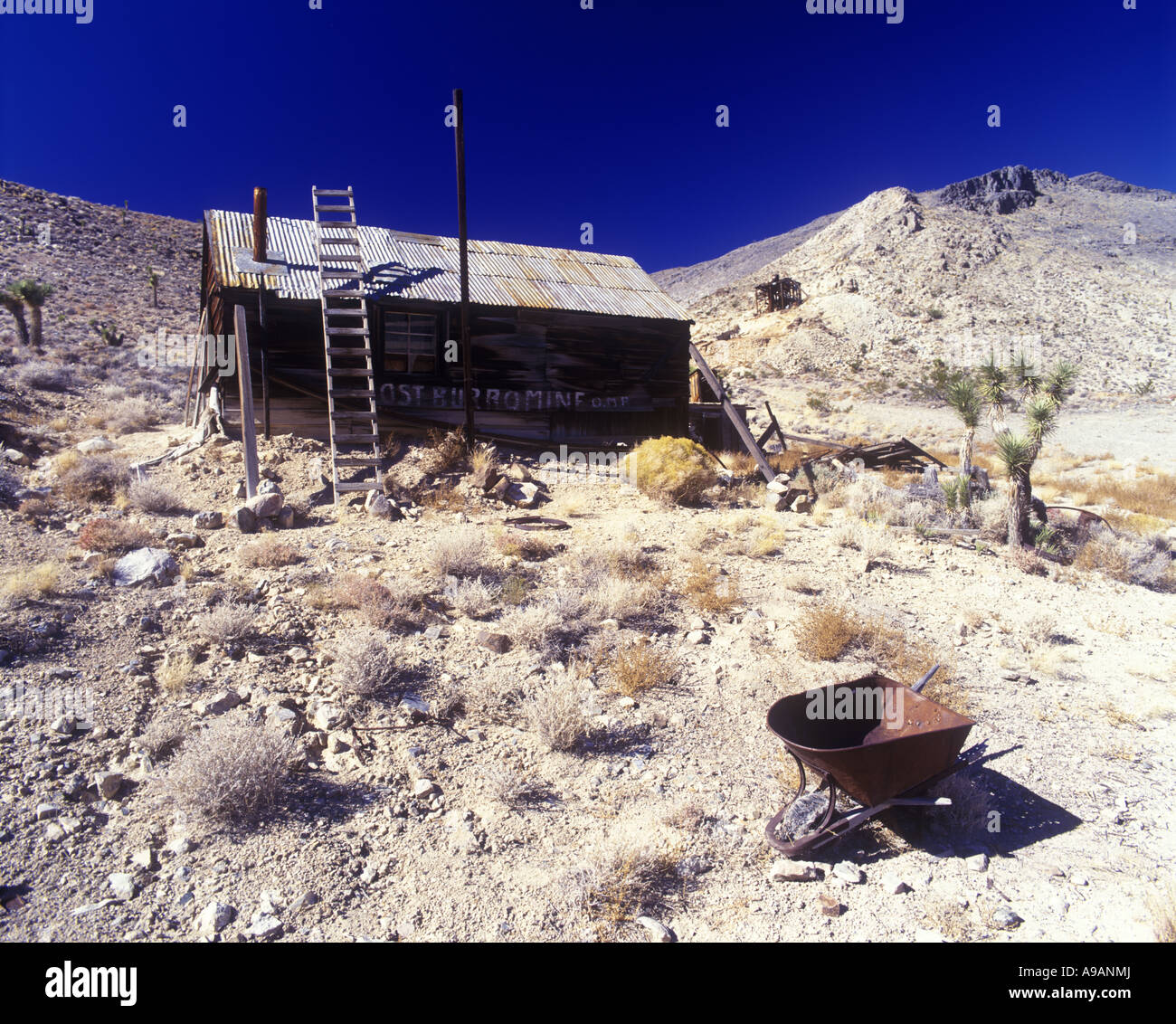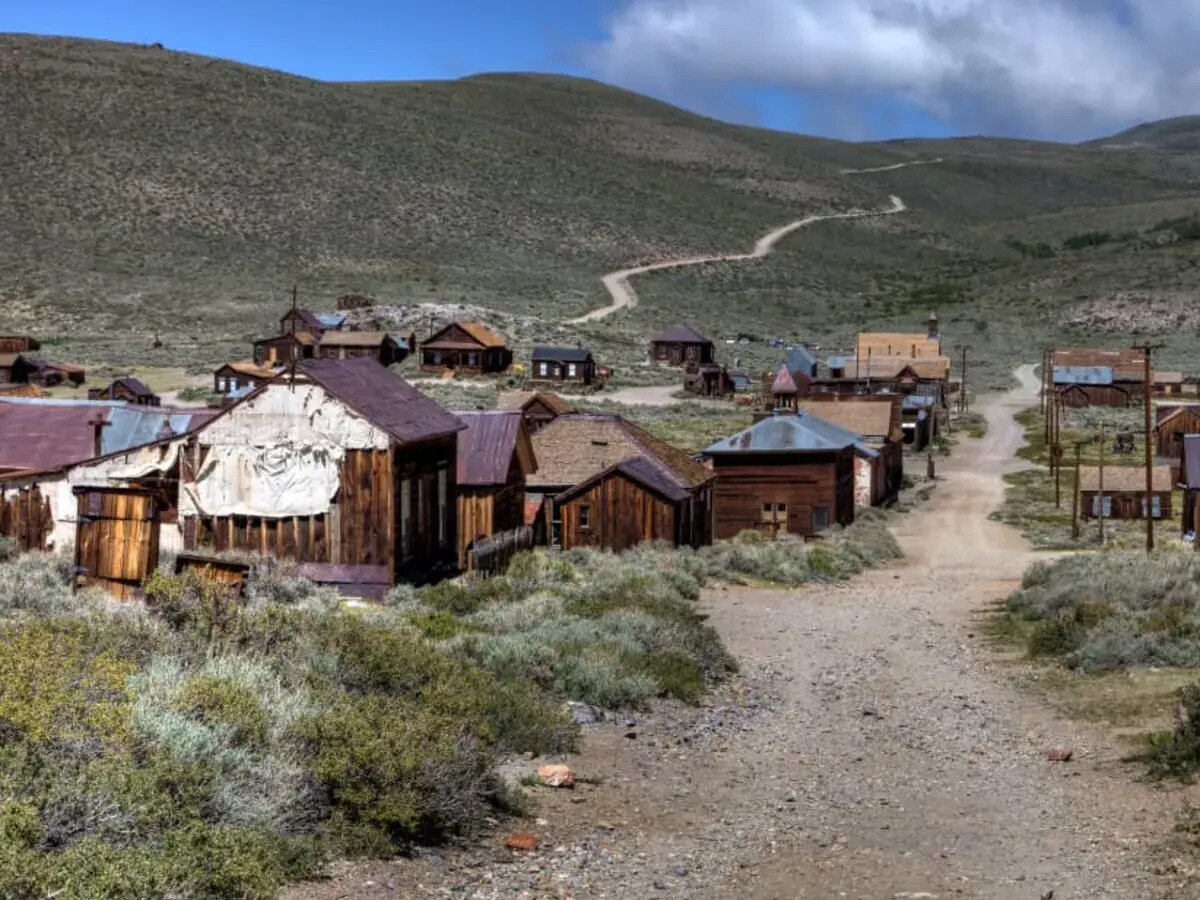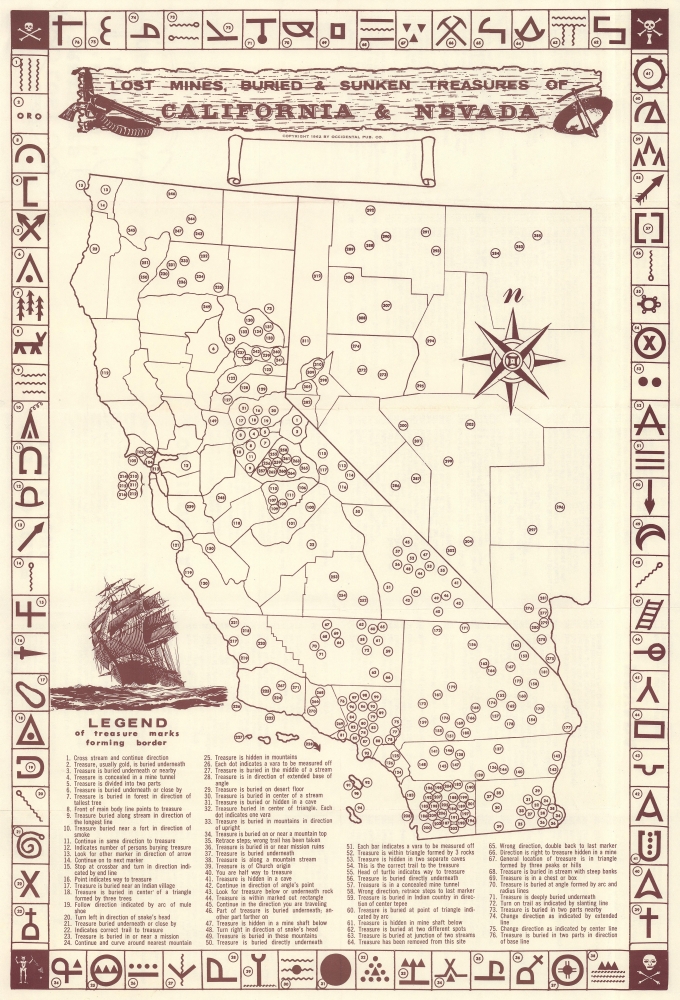
Certainly! Here is a 1200-word journalistic article in English about the lost mines of California.
The Enduring Lure of California’s Lost Mines: Where Fortune Hides and Dreams Persist
California, a land forged in gold and dreams, holds more than just Hollywood glamour and tech innovation in its vast, sun-baked expanses. Beneath the veneer of modernity, its deserts, mountains, and forgotten canyons whisper tales of immense fortunes unearthed and, just as quickly, lost. These are the legends of California’s lost mines – spectral veins of gold, silver, and other precious metals that beckon prospectors, historians, and dreamers into a relentless, often futile, quest.

The allure of these lost treasures is deeply rooted in the state’s tumultuous past, particularly the California Gold Rush of 1849. When James Marshall first spotted glittering flecks at Sutter’s Mill, it ignited a fever that drew hundreds of thousands to the Golden State. In the frenzied chaos that followed, fortunes were made and squandered with breathtaking speed. Mines were staked, worked, and sometimes abandoned in haste, their locations marked only by crude cairns, cryptic directions, or the fading memory of a lone prospector. Many of these prospectors, driven by secrecy, paranoia, or simply the harsh realities of the untamed wilderness, took the secrets of their richest strikes to their graves.
"The Gold Rush wasn’t just about finding gold; it was about the wild, untamed spirit of possibility," notes Dr. Sarah Jenkins, a historian specializing in Western expansion. "And when a mine was lost, it didn’t just disappear; it became enshrined in folklore, a symbol of that ultimate, elusive dream."
The Desert’s Dark Secrets: Pegleg Smith and the Black Gold
Perhaps the most famous of California’s lost mines is that of Pegleg Smith. Thomas L. Smith, a one-legged fur trapper, scout, and horse thief, claimed to have discovered three hills teeming with black gold nuggets in the early 1830s, long before the official Gold Rush. His supposed find was located in the desolate Colorado Desert, somewhere near what is now the Salton Sea, a region notorious for its extreme heat and unforgiving terrain.
Smith’s account, often embellished with each retelling, spoke of nuggets "as black as coal" but with the heft of pure gold, their dark patina caused by oxidation or the presence of manganese. He claimed to have collected several pounds of these unusual nuggets, using them to pay for supplies in Los Angeles. Over the years, Smith led numerous expeditions back into the desert, some with eager investors, but he never successfully relocated his fabled hills. His directions were notoriously vague, often changing, and many suspected his stories were more about securing free drinks than revealing a genuine treasure.
Yet, the legend persists. Generations of prospectors have braved the brutal heat and shifting sands of the Anza-Borrego Desert, driven by the tantalizing prospect of "black gold." The idea of a fortune hidden in plain sight, disguised by its color, makes Pegleg Smith’s mine one of the most romantic and maddening quests in Californian history.
Death Valley’s Deadly Lure: The Breyfogle Mine
Even more perilous is the quest for the Breyfogle Mine, supposedly located in the heart of Death Valley, one of the hottest and driest places on Earth. The story dates back to the 1860s, when a German prospector named Charles Breyfogle (or perhaps John Breyfogle, as details vary) stumbled upon an incredibly rich vein of gold. Accounts differ wildly: some say he was fleeing Native Americans, others that he was simply lost. What is consistent is that he was left for dead, suffering from dehydration and exposure, but managed to crawl his way out of the desert, clutching a handful of gold-rich ore.

Breyfogle eventually recovered, but his memory of the exact location was hazy, distorted by his ordeal. He returned to Death Valley multiple times, leading others on expeditions, but was never able to pinpoint the mine again. The unforgiving landscape of Death Valley, with its labyrinthine canyons, shifting dunes, and optical illusions caused by heat haze, ensures that any landmark is quickly lost or distorted. The mine, if it ever truly existed as he described it, remains a phantom, a glittering mirage in a landscape that routinely claims lives.
"Death Valley doesn’t give up its secrets easily," says local historian and Death Valley enthusiast, Mark Thompson. "The very conditions that would make a prospector desperate enough to abandon a claim are the same ones that make finding it again almost impossible. It’s a cruel irony."
Other legends abound in Death Valley, including the Lost Gunsight Mine, a rich silver lode supposedly marked by a rifle’s foresight, and various "Dutch Oven" mines, where prospectors supposedly cached their gold in cooking pots before succumbing to the elements. Each tale adds another layer to the mystique of a region synonymous with both incredible mineral wealth and deadly peril.
The Psychology of the Search: Hope Against Hope
Why do these stories endure? Why, in an age of satellite imagery, GPS, and advanced geological surveys, do people still embark on quests for mines lost over a century ago? The answer lies in a potent mix of human psychology, economic aspiration, and an enduring connection to the pioneer spirit.
Firstly, there’s the sheer promise of immense wealth. The tales always speak of "mountains of gold" or "veins so rich they defied belief." In a world where financial security is often a struggle, the idea of a lottery ticket hidden in the earth is powerfully seductive.
Secondly, it’s the thrill of the chase, the intellectual puzzle. Lost mine hunting is a blend of detective work, historical research, and wilderness survival. It appeals to those who crave adventure, who see themselves as modern-day explorers following in the footsteps of legends. They pore over old maps, decipher cryptic diary entries, and study geological formations, hoping to find the one clue that everyone else missed.
Finally, there’s a profound connection to history. Searching for a lost mine is to touch the past, to walk the same trails as the grizzled prospectors who shaped California’s destiny. It’s a romantic rebellion against the digital age, a yearning for a simpler, more elemental pursuit. "It’s not just about the gold," explains one modern-day prospector, John "Desert Rat" Miller, who has spent decades searching for Pegleg’s mine. "It’s about the adventure, the freedom, the feeling of being alive out there in the silence, knowing you’re chasing a dream that’s older than you are."
The Harsh Realities: Danger, Deception, and Disappointment
Yet, the pursuit of lost mines is far from a romantic ideal. The very conditions that led to these mines being lost – extreme weather, isolation, treacherous terrain – continue to pose grave dangers. Dehydration, heatstroke, venomous creatures, flash floods, and getting hopelessly lost are constant threats. Every year, search and rescue teams respond to calls from individuals who have underestimated the wilderness, often with tragic consequences.
Moreover, the world of lost mines is rife with deception. Con artists and charlatans have long peddled fake maps, fabricated stories, and misleading clues to gullible seekers, preying on their hopes and emptying their pockets. Even well-intentioned leads often turn out to be based on misremembered accounts or simple errors.
The geological reality is also a sobering factor. Many supposed "lost mines" were likely small, low-grade deposits that were only profitable during the height of the Gold Rush when labor was cheap and regulations non-existent. Modern mining techniques and economic realities mean that many of these would not be viable operations today, even if found. The true "mother lode" is often more myth than fact.
Modern Methods, Ancient Dreams
Despite the dangers and the low odds, the search continues. Modern technology has brought new tools to the quest. Satellite imagery can reveal subtle changes in landscape, old trails, or signs of past human activity. Ground-penetrating radar and advanced metal detectors can probe beneath the surface. Historians and genealogists delve into archives, seeking forgotten wills, property records, or newspaper clippings that might offer a clue.
However, even with these advancements, the desert and mountains remain formidable guardians of their secrets. The scale of the Californian wilderness is immense, and pinpointing a small, overgrown mine shaft or a hidden vein is like finding a needle in a haystack – a haystack that can kill you.
Ultimately, the true value of California’s lost mines may not lie in the gold they might still contain, but in the stories they tell and the dreams they ignite. They are a testament to human endurance, greed, hope, and the enduring power of myth. Each unfulfilled quest, each shimmering mirage, reinforces the legend, reminding us that even in a highly mapped and connected world, there are still frontiers to explore, mysteries to unravel, and fortunes, however elusive, to chase.
The lost mines of California are more than just geological anomalies; they are a living part of the state’s identity, a whispered promise of what might be, forever beckoning those who dare to dream of striking it rich, one last time. As long as the sun shines on California’s rugged landscapes, the ghosts of these forgotten fortunes will continue to lure adventurers into their timeless, perilous embrace.


